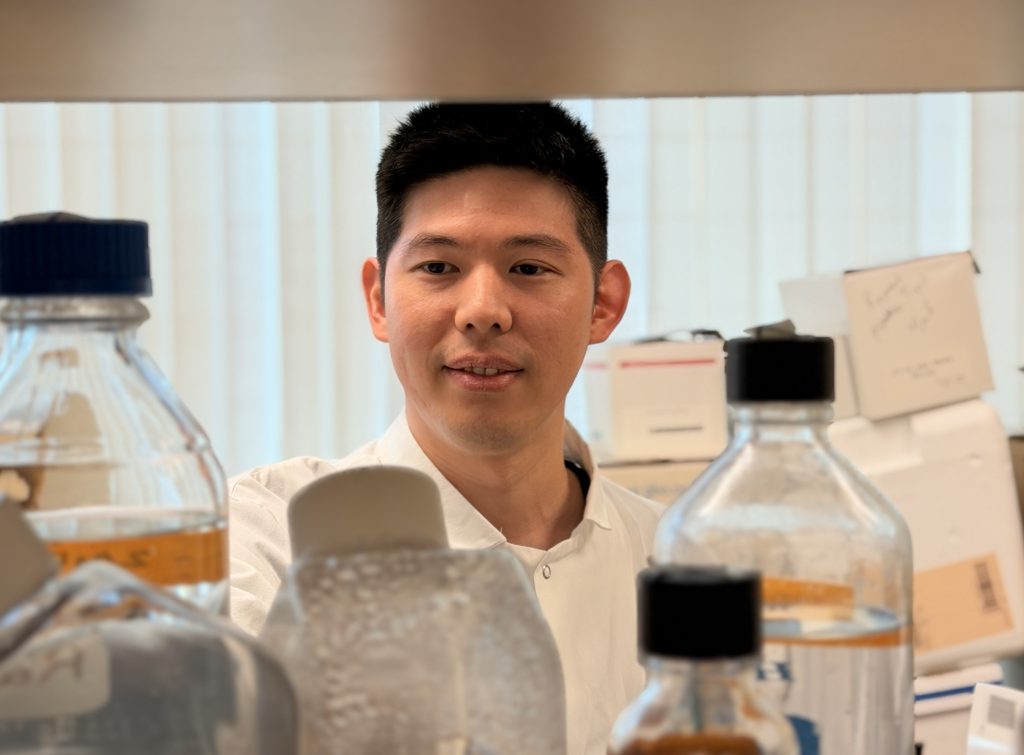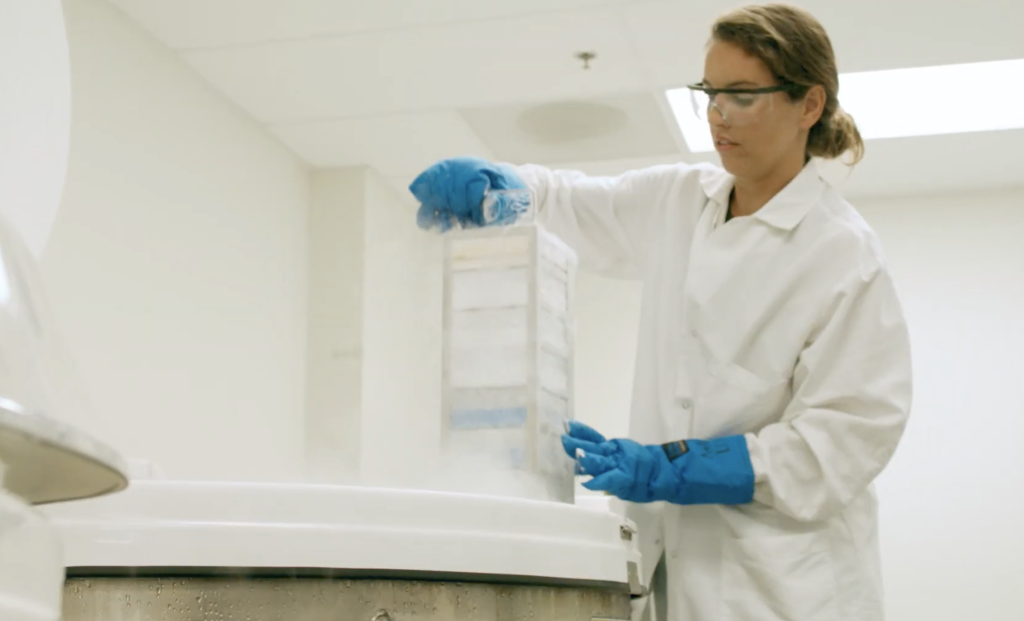LA JOLLA, CA—The immune system occasionally makes mistakes that require correction. For example, in autoimmunity, T-cells lose “immune tolerance” of self and can destroy one’s very own tissues. Conversely, in cancer, the immune system can rapidly exhaust itself in the face of tumor antigens and become unresponsive, allowing tumors to thrive.
In the middle of this tug of war is a protein that controls gene expression called NFAT, or “Nuclear Factor of Activated T-cells”. As its name suggests, NFAT—in some contexts—orchestrates inflammatory responses by activated T-cells. However, in different contexts NFAT suppresses T-cell activity and promotes tolerance. This duality makes NFAT an ideal candidate for tinkering if the goal is to therapeutically manipulate immune responses.
A new paper in this week’s online edition of the Proceedings of the National Academy of Sciences (PNAS) from the lab of the La Jolla Institute for Immunology (LJI) investigator Patrick Hogan, Ph.D., shows how that could be done biochemically. In it, Hogan and colleagues identify a small molecule capable of partially halting NFAT’s inflammatory activity while largely sparing its immunosuppressive capacity.
In some contexts, NFAT (short for “Nuclear Factor of Activated T-cells”) orchestrates inflammatory responses by activated T-cells. However, in different contexts NFAT suppresses T-cell activity and promotes tolerance. This duality makes NFAT an ideal candidate for tinkering if the goal is to therapeutically manipulate immune responses.
“NFAT is amoral: it does what your immune system tells it to do,” says Hogan, a professor in the Division of Signaling and Gene Expression. “When T-cells ‘see’ a foreign antigen, NFAT turns on genes required for immune activation. But NFAT does the opposite if those antigens prove harmless. Our study shows we can develop small molecules to disrupt at least one of those programs if they go awry.”
NFAT initiates an activation program only after it physically touches another nuclear protein called AP-1. Then both bind DNA to switch on genes necessary for its execution. The new paper reports a “high through-put” screen to search for small molecules capable of blocking contact between NFAT and AP-1, as a means to halt activation. They used an automated system to test >200,000 candidates via a sensitive method called FRET to detect how close NFAT and AP-1 proteins were to each other in a test tube, in the presence or absence of each drug.
From a whittled-down list of 337 candidates, the group then zeroed in on one, called Compound 10, that reliably disrupted NFAT/AP-1 protein-protein interaction in a battery of stringent biochemical and molecular tests.
They then bathed cultured T-cells with Compound 10 prior to experimentally stimulating them to mount an immune response. Unlike untreated controls, Compound 10-treated cells failed to switch on genes encoding factors required for immune cell activation, such as the cytokine IL-2. “This means that we can redirect T-cell gene expression programs from an inflammatory to a “tolerance” program” says Hogan.
Compound 10 indeed possesses many attributes of a drug that could be developed to treat hyperinflammatory conditions, such as allergy or autoimmunity. However, the experimenters found that Compound 10 sticks to DNA non-specifically at multiple sites, a red flag warning of potential side effects. Thus the next step is to identify a candidate that exhibits all of Compound 10’s good qualities without binding to DNA.
Nonetheless, this “proof of concept” experiment challenges an assumption made by many drug companies, namely that proteins that control gene expression (called transcription factors) make suboptimal drug targets, because they are sequestered inside a cell’s nucleus. To date, most targeted therapies that make it to the clinic are designed to interact with (and often block) receptors that protrude from cells, simply because they are accessible.
“Our experiments with Compound 10 show it is possible to target complexes of transcription factors in the cell nucleus with a drug-like molecule,” says the paper’s lead author Giuliana Mognol, Ph.D. “That gives us the confidence to go back to the group of 300 candidates identified in our screen to search for others that might be useful to treat autoimmune disease.”
A chemical that could block NFAT’s immunosuppressive activity would also be of enormous clinical significance, in this case to cancer. While NFAT/AP-1 complexes promote T-cell activation, NFAT requires a different partner to initiate T-cell tolerance, but the partner is unknown (Hogan calls it “the phantom protein”). That “phantom” is highly sought, as blocking its interaction with NFAT could release T-cells from lethargy and kick off an anti-tumor response, which is the holy grail of immunotherapy.
“NFAT is a pivot point for whether an immune response will be full-fledged or sluggish,” says Hogan, who working with LJI investigator Anjana Rao, Ph.D. (a study co-author), discovered NFAT in 1992 when both were at Harvard. “Our goal is to dial that response up or down. This paper tells us we can do it.”
Funding was provided by NIH grants AI109842 and AI040127. Equipment was funded by NIH S10OD016262 and S10RR027366. Other support came from fellowships from the Conselho Nacional de Desenvolvimento Cientifico e Tecnologico (CNPq) in Brazil and CONACYT/UCMEXUS from Mexico and the US.


